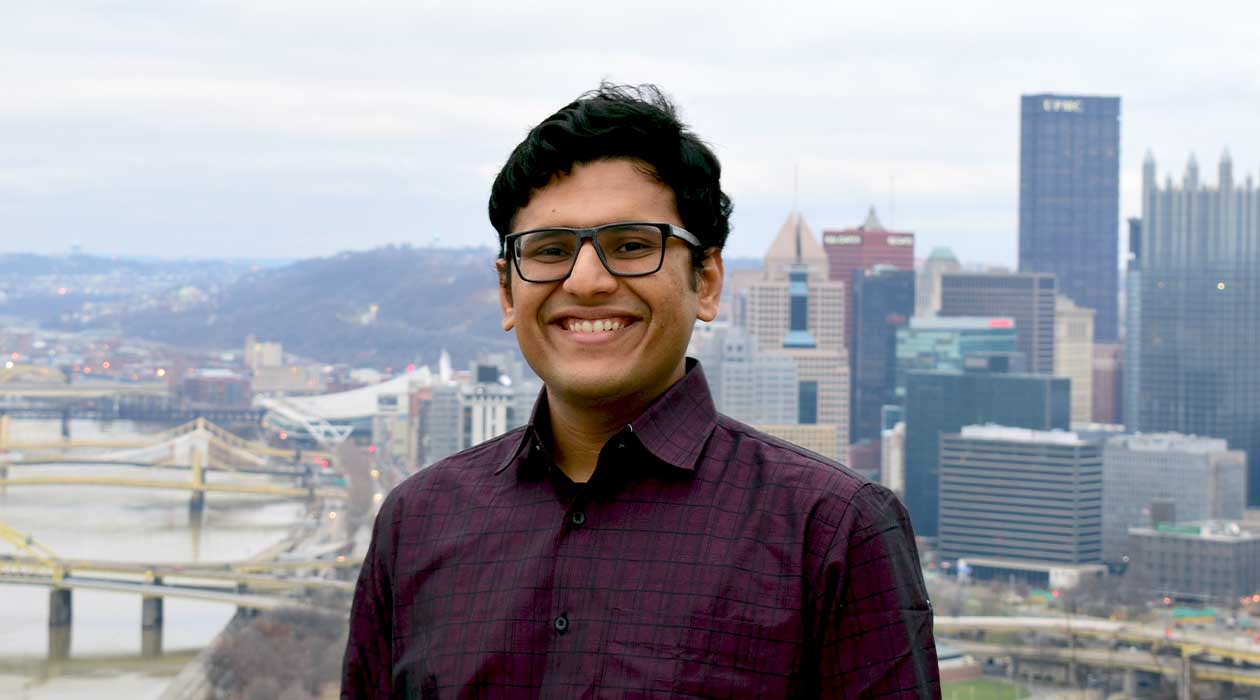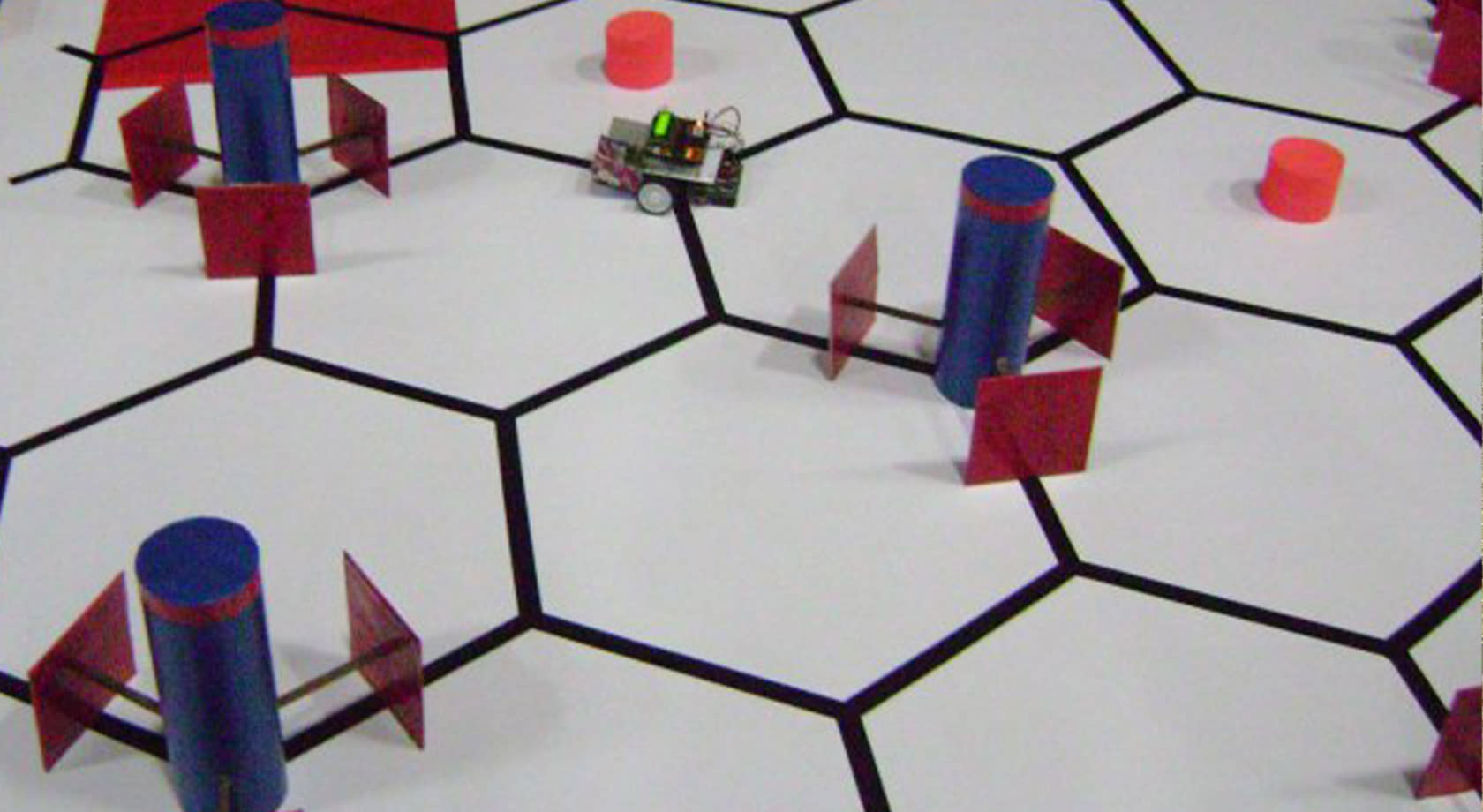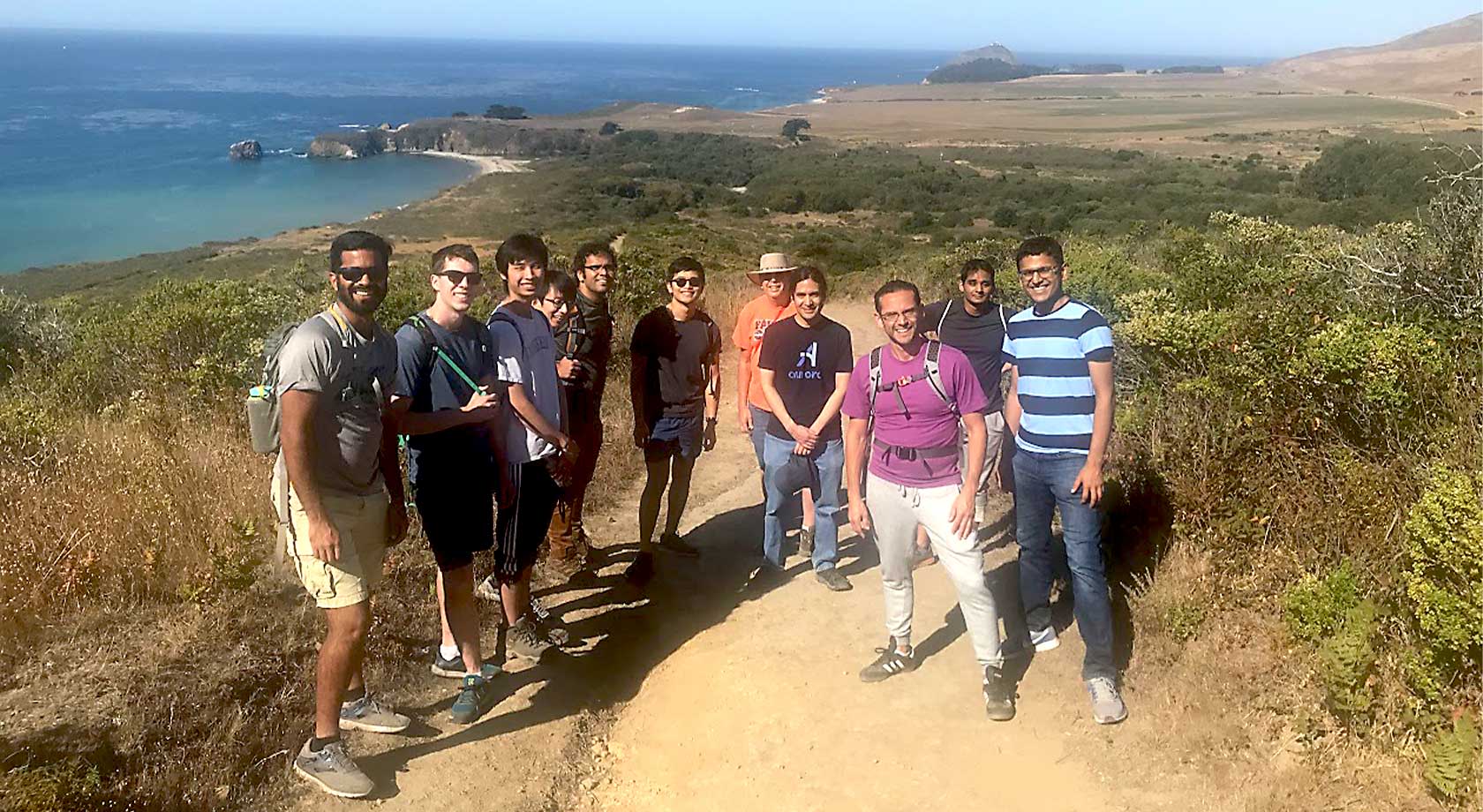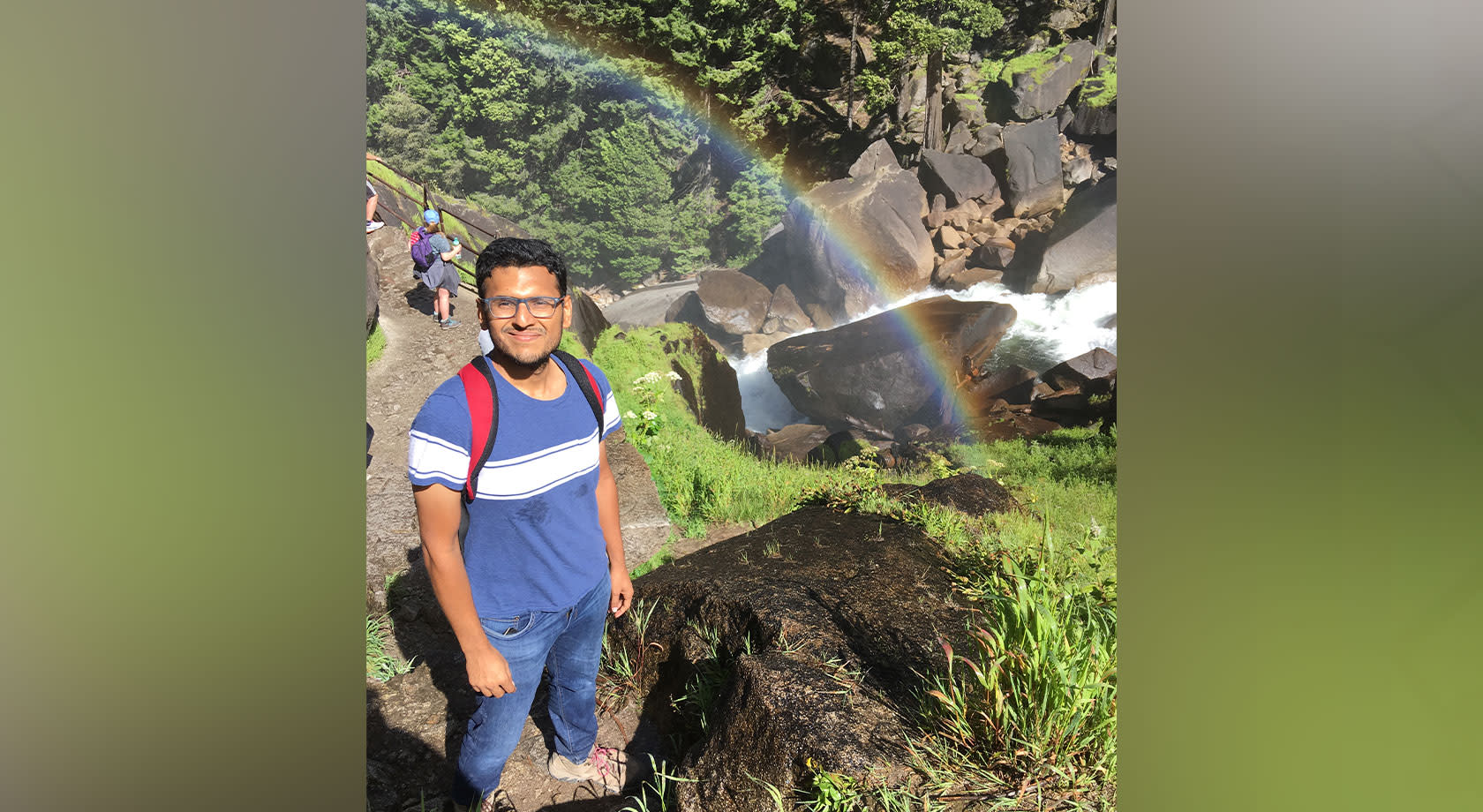Aurora Voices with Venkat Narayanan
Meet our team | August 24, 2022 | 3 min. read

Our Aurora Voices series celebrates the people and teams whose unique experiences, backgrounds, and voices bring Aurora’s mission to life.
Meet Venkat from Aurora’s Motion Planning team
How does a self-driving vehicle learn to intuitively make in-the-moment decisions, such as making an unprotected left turn amidst oncoming traffic, merging onto a crowded freeway, or nudging to the left to give a cyclist some extra room as you pass by? To handle these everyday driving maneuvers, the Aurora Driver relies on a motion planning system that generates the series of decisions and actions a self-driving vehicle executes to safely get from point A to B.
As we march toward the commercial launch of Aurora Horizon, our autonomous trucking product, we are developing the Aurora Driver to safely navigate increasingly complex and critical situations that are necessary to operate autonomously on a defined route. Venkat, a leader on Aurora’s Motion Planning team, plays a key role in our progress toward delivering our feature complete Aurora Driver.
Read on to learn about how he helps the Aurora Driver learn to safely navigate the world around it, and how his approach to motion planning parallels his philosophy of life.
Tell us about your role at Aurora.
As a tech lead on the Motion Planning team, I oversee the Aurora Driver’s highway and surface street capabilities. There are two aspects to this role — continuously improving the autonomy architecture, and establishing efficient feedback loops around the on-road and offline testing, triage, and software.
The Motion Planning team plays a key role in defining how the Aurora Driver safely navigates through the world.
What is one of the toughest challenges you’re trying to solve?
A big challenge in the self-driving industry is solving for rare or unexpected situations on the road, such as the scene of an accident or a full highway closure. The Motion Planning team is responsible for ensuring that the Aurora Driver behaves responsibly, using the right blend of engineering rigor, machine learning, and virtual testing to train our autonomy system to safely navigate these scenarios.
Venkat got his start in robotics building increasingly complex robots in undergrad. This miniature robot followed lines to navigate through mazes.
What led you to autonomous vehicles and eventually to Aurora?
Much of my time in undergrad was spent building robots. As I built increasingly complex robots, hand-crafted heuristics for navigation quickly became untenable. I was drawn to the allure of motion planning and AI, which led me to a Robotics Ph.D. program at Carnegie Mellon University.
I was fortunate to intern at the self-driving car teams at both Google and Uber in their initial years. When Aurora was founded just as I was graduating, the opportunity to join a world-class team and apply my skills to delivering the benefits of self-driving technology was irresistible. 
Venkat and the Motion Planning team at an offsite in sunny Big Sur.
You’ve been at Aurora for almost five years, how has your work on the Motion Planning team changed over the years? What’s coming up as Aurora approaches the launch of its trucking product?
Early days at Aurora were hallmarked by many firsts. I had the opportunity to be in the backseat of a self-driving car as we engaged autonomy for the first time on a public road in Pittsburgh. I was present again when we conducted our first operation in autonomy on a public road in California. Most recently, I sat in a truck that exited our Dallas terminal in autonomy for the first time.
Over my years at Aurora, more of my work has shifted from enabling firsts to establishing processes for maturing the Aurora Driver's capabilities. As we approach launch, we are placing increased emphasis on productionizing the architecture and meeting the high safety standards we’ve set for ourselves.
What do you like to do in your spare time?
I enjoy going on hikes and road trips for both quietude and novel experiences, and have been on a quest to visit all the national parks in the US. I am currently at 37 out of 63 national parks, and counting.
I am also an avid enthusiast of the soulful Carnatic music form, and have recently embarked on learning vocal music after a near two-decade "hiatus" from learning to play the violin. Lastly, I have been diving into the works of Thoreau, Hesse, and several Eastern philosophers and have found inspiration in their pursuits for the meaning of life.
You say your work in motion planning has become a part of your personal life philosophy, what do you mean?
Over time, and thanks to the finest mentors I could have asked for, I have come to appreciate motion planning as a metaphor for life: how do we decide what to do now in a world filled with uncertainty, without acting myopically and yet also without becoming paralyzed by the limitless analysis of long-term outcomes?
We’re hiring talented engineers to help us solve one of the greatest technical challenges of our generation. Visit our Careers page to learn more!
Delivering the benefits of self-driving technology safely, quickly, and broadly.